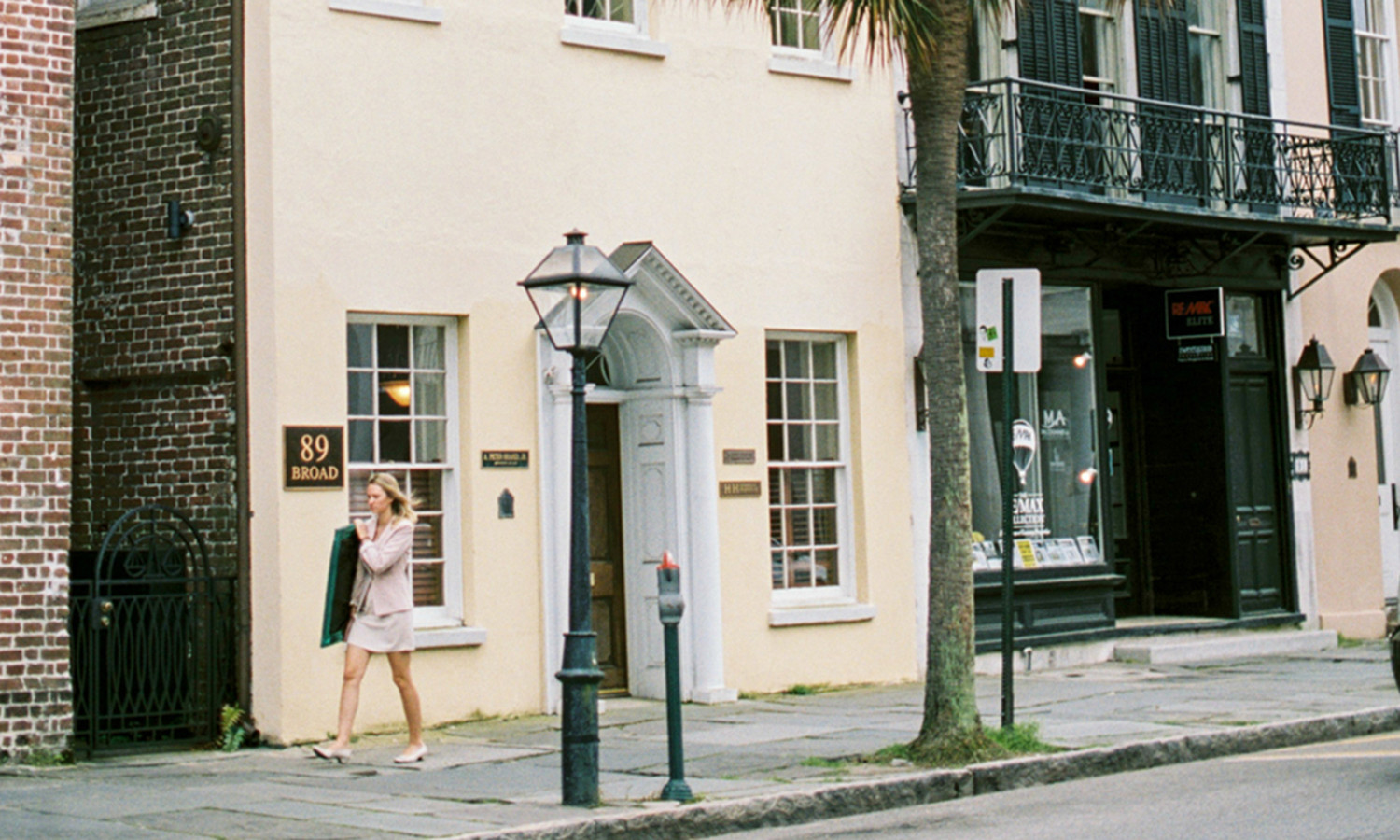Colorado is a western state in the Rocky Mountains region of the United States of America. The highest peaks of the the North American Rockies are here, (Mt. Elbert, 14,440 ft/4,4041 m), as well as a number of other natural marvels. The state also boasts the highest overall elevation in the continental United States and is home to many diverse ecosystems for its size.
History
Composer Igor Stravinsky once rode a ski lift in Aspen in the summertime, while Prospector Alferd Packer dined on human flesh near Lake City. Inventor Nikola Tesla created artificial lightning hundreds of feet long in Colorado Springs, and Writer Oscar Wilde attended a fancy dinner party at the bottom of a Leadville silver mine. Outlaw Butch Cassidy robbed the bank in Telluride, while Lawman Doc Holliday and Showman Buffalo Bill were buried in Glenwood Springs and Denver, respectively. All are part of the quirky and sometimes colorful history of Colorado.
Around 15,000 years ago, Native Americans migrated to Colorado, a nomadic group of hunter-gatherers distributed on the plains as well as the western plateaus. The first agricultural communities appeared on the Eastern Plains approximately 5,000 years ago. Circa 600 AD, the Ancient Pueblo Peoples began building elaborate communities in Southwestern Colorado in the Mesa Verde area. Other Native American groups, including the Arapaho, Apache, Cheyenne, Comanche, Kiowa, Shoshone and Utes have called Colorado home.
The Spanish were the first Europeans in the area. In 1541, Coronado led an expedition north through Colorado from Mexico in search of the fabled Seven Cities of Cibola, where the streets were supposed to be paved with gold.
A midsummer Columbine (the state flower) on Arapahoe Pass Trail near Boulder
In 1803, Emperor Napoleon Buonaparte sold the United States a vast tract of land known as the "Louisiana Purchase," an area which included Colorado. Lieutenant Zebulon Pike explored the recently purchased territory at President Thomas Jefferson's behest. Pike and his men "discovered" the 14,000 ft (4, 268 m) peak near Colorado Springs, which today bears his name.
From the 1820s through the 1840s, fur trappers and mountain men began harvesting highly-valued beaver and buffalo pelts for the Eastern U.S. and Europe. Trading posts were established for barter with the Native Americans, while trade routes sprang up between the United States and Mexico.
In 1858, gold was discovered at the mouth of Dry Creek in the present-day Denver suburb of Englewood, triggering the "Pike's Peak or Bust" gold rush of 1858-59. Approximately 50,000 people immigrated to Colorado in search of gold, creating the first large scale permanent settlements. Hard rock silver and gold mining towns were established throughout the territory.
A new town named Denver City was founded in honor of James W. Denver, governor of Kansas Territory.
In 1876, Colorado was admitted as the thirty-eighth state in the union. Colorado was called the "Centennial State" in honor of the one-hundredth anniversary of the U.S. Declaration of Independence.
In 1912, Hot Sulphur Springs hosted a ski jumping tournament and invited the Denver press. From this humble beginning, Colorado's ski industry was born. A handful of early ski runs were built around the state over the next 20 years, with the Highland-Bavarian Corporation beginning a rudimentary development of Aspen. World War II and the arrival of the 10th Mountain Division to train near Minturn ushered in the mid-20th century explosion of Colorado ski resorts. Trained for high alpine combat in Italy, the alumni of the 10th Mountain Division returned to the U.S. after the war to build Aspen, Vail and Arapahoe Basin.
By the 1960s, Colorado was a popular global destination for alpine skiing, with travelers drawn to the state's sunny days and champagne snow.
Geography
Colorado is split down the middle north to south by the Rocky Mountains. To the east is a region of high plains, arid and wide open. To the west are rugged mountains arranged in various groups or ranges. Meandering through the mountains is an imaginary line called the Continental Divide. This marks the flow of precipitation. Rain falling on the west of the Divide makes its way to the Pacific Ocean. Rain on the east makes its way to the Gulf of Mexico and the Atlantic Ocean.
Colorado has 54 mountain peaks above 14,000 ft (4,267 m) of elevation. The highest peak, Mount Elbert, rises to 14,440 ft (4,401 m) above sea level making it the highest peak in the North American Rockies. Tourism is a major industry, with skiing/snowboarding, hiking/camping, hunting, mountaineering and fishing as large sources of income for the state economy.
Colorado's population was 4,301,261 in the 2000 census, and the state's population is growing, particularly in the large towns along the Front Range where the prairie and mountains meet. These towns include the capital, Denver, and Colorado Springs, Boulder, Longmont, Loveland and Fort Collins. Many of the residents of Colorado migrated from other states so being a "Colorado Native" is a point of pride with many people.
Writing by WikiTravel | Photos by Amy Cherry
